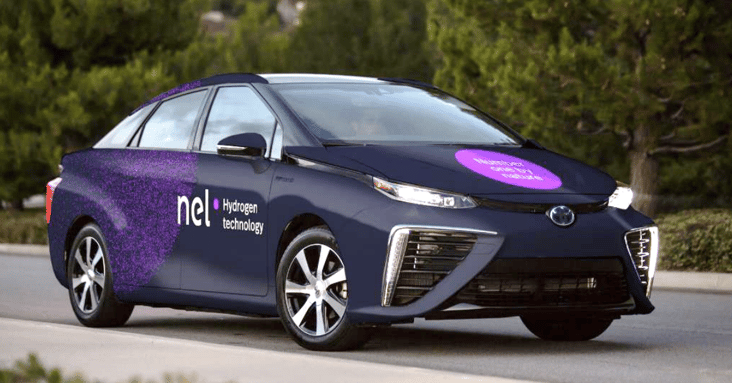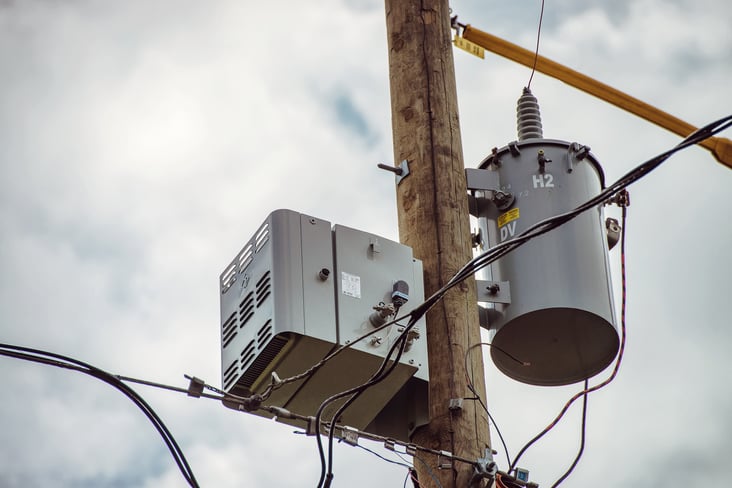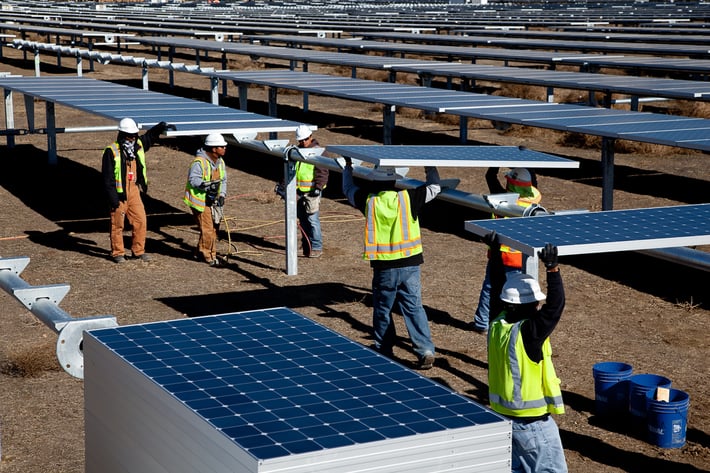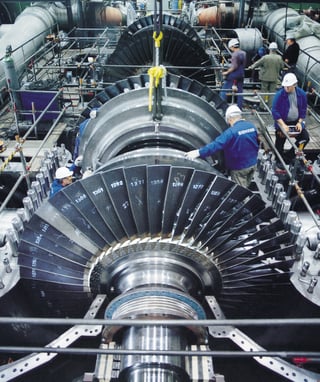This post is one in a series featuring the complete slate of advanced energy technologies outlined in the report This Is Advanced Energy.

Image courtesy of Nel Hydrogen.
Hydrogen is a gaseous fuel that is used mainly in industry. U.S. hydrogen production in is approximately 10.5 million kg/day,
primarily for petroleum refining, ammonia production, and methanol production. Hydrogen is also being developed as a fuel for both light-duty and heavy-duty vehicles and as an option for energy storage on the electricity grid. The most common hydrogen production pathway is steam-methane reforming (SMR), in which natural gas is reformed with steam over a catalyst at high temperatures (about 700- 1000°C) to produce a synthesis gas composed mainly of hydrogen (H2) and carbon monoxide (CO). The CO is then converted to additional H2 by the water-gas shift reaction. After removing CO2 and water and polishing the gas to remove residual CO, the high-purity hydrogen is ready for compression or liquefaction. A less common option is water electrolysis, which uses electricity to operate an electrochemical cell, or electrolyzer, in which water is split
into pure hydrogen and oxygen. Water electrolysis is a proven technology that has been around commercially for decades and is now attractive in combination with renewably generated power. Hydrogen can also be made from other fossil fuels or biomass, starting with gasification or partial oxidation. The subsequent steps are then similar to SMR, although these pathways are not in widespread commercial use. Other, more novel approaches are also in development, including the use of specialized microorganisms that produce hydrogen via metabolic pathways.




